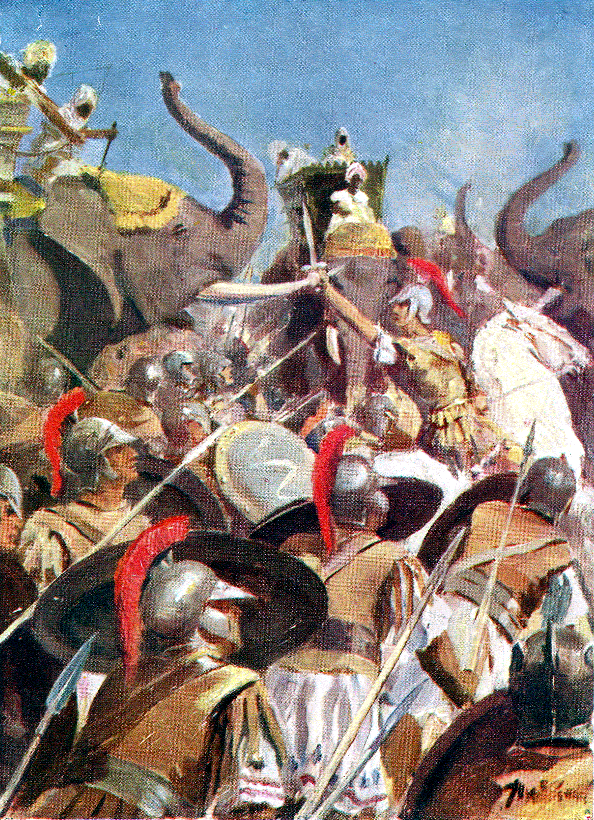The Deadly Hammer and Anvil Formation
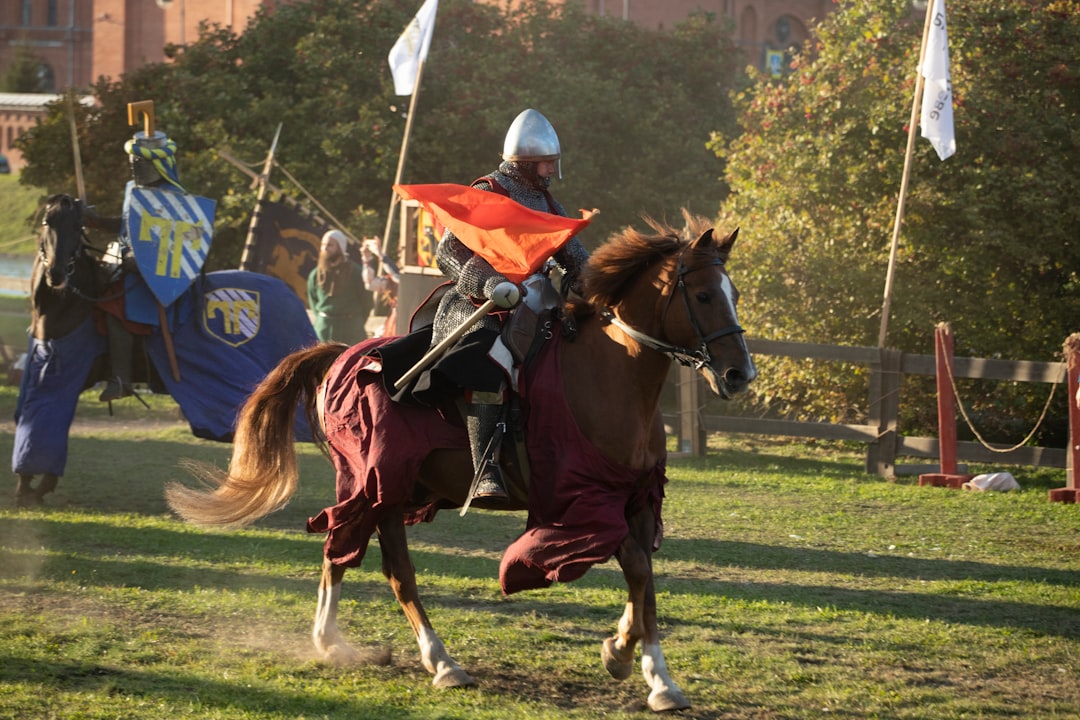
Alexander’s signature “hammer and anvil” tactic revolutionized ancient warfare by combining phalanx and cavalry forces to create devastating battlefield synergy. The “anvil” corresponded to the phalanx and the hypaspists that pressed the adversary and contained it in an enclosed space.
The seamless coordination between the phalanx (infantry) and the cavalry was central to his tactics, with the phalanx pinning the enemy in place while the cavalry would maneuver to attack from the flanks or rear. The success of these maneuvers relied heavily on coordination and timing, as the phalanx held the enemy’s attention at the front while the cavalry could encircle and strike from the sides, bewildering the enemy and amplifying the psychological impact of Alexander’s assault.
The Revolutionary Macedonian Phalanx

The Macedonian phalanx was an infantry formation developed by Philip II from the classical Greek phalanx, with the main innovation being the use of the sarissa, a 6-metre pike, famously commanded by Alexander the Great during his conquest of the Achaemenid Empire between 334 and 323 BC. Each phalangite carried as his primary weapon a sarissa, a double-pointed pike over 6 m (18 ft) in length, with modern reconstructions showing that a 5.8 m pike could weigh no more than 4.05 kg (9 lb).
Armed with the sarissa—a pike about 18-22 feet long—these soldiers formed tight formations that acted as a virtually impenetrable wall of spears, providing a strong, steady center for the army and crucial in holding the line during battles, with the sarissa giving the phalanx an advantage over traditional hoplite formations as its length allowed soldiers to strike before the enemy could close in.
Elite Companion Cavalry: The Shock Force
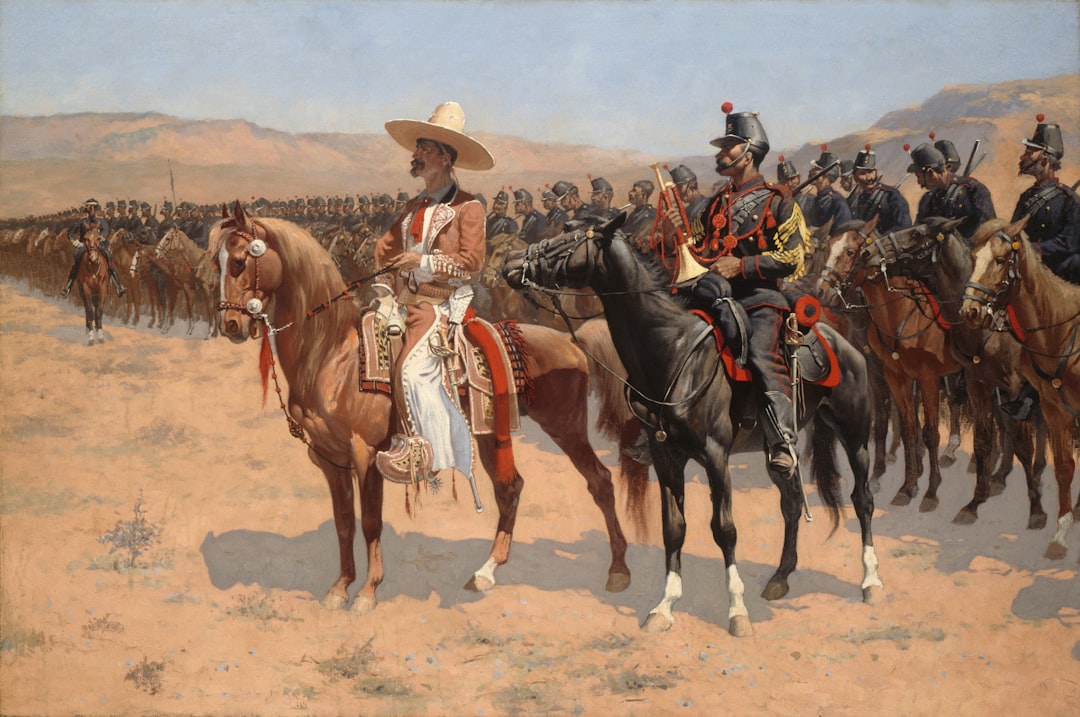
Alexander’s elite cavalry unit, the Companion Cavalry, was the hammer to the phalanx’s anvil, comprising heavily armed horsemen personally loyal to Alexander who often led them into battle, renowned for their speed, mobility, and ability to execute complex maneuvers. The Companion Cavalry’s effectiveness was bolstered by their training and close relationship with Alexander himself, as his personal cavalry their loyalty and courage allowed him to lead charges that would often turn the tide of battle, with their engagement in critical situations illustrating the importance of morale and leadership in military success.
The Companion Cavalry, led by Alexander himself, would execute flanking maneuvers and deliver devastating charges against the enemy’s vulnerable sides or rear, breaking their formations and morale. The Companions often exploited weaknesses in the enemy’s formation, delivering decisive strikes, as seen at the Battle of Gaugamela in 331 BCE where the Companion Cavalry executed a flanking maneuver that shattered the Persian lines.
Psychological Warfare and Strategic Deception

Alexander used psychological tactics to demoralize and confuse his enemies, sometimes conducting feigned retreats or spreading false information to lure opponents into traps. His reputation and the fear of his military prowess often caused enemies to surrender or avoid battle altogether.
Alexander The Great is often credited as one of the earliest practitioners of psychological warfare, using political and cultural manipulation alongside his seemingly unstoppable conquest of the east, weaponizing faux unity by heavily encouraging the adoption of a Hellenistic world view, with a sense of shared identity among the people being vital for the empire’s survival. He also employed psychological warfare, often sparing cities that surrendered but brutally punishing those that resisted to deter future defiance.
Revolutionary Siege Warfare Innovations
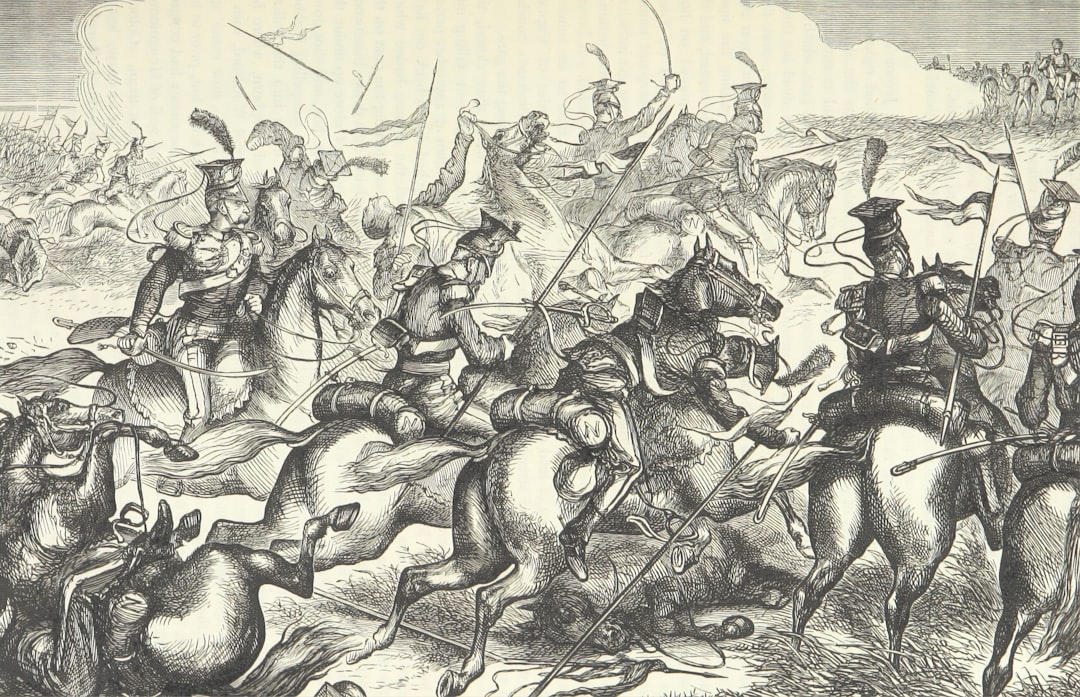
Alexander’s ingenuity in building a causeway to reach the island city of Tyre and employing siege towers and battering rams showcased his ability to adapt and innovate in siege warfare. His conquest of Tyre (332 BCE) demonstrated his ability to construct massive siege engines and use naval forces in tandem to overcome seemingly impregnable defenses.
Alexander’s use of innovative siege tactics, including constructing a causeway to bring siege engines close to the enemy fortifications, showcased the adaptability and ingenuity of Hellenistic siege warfare. Siege warfare techniques during the campaigns of Alexander the Great exemplified his tactical innovation and adaptability, as he adeptly employed various methods to breach fortified cities, ensuring his armies achieved decisive victories.
Terrain Mastery and Strategic Positioning
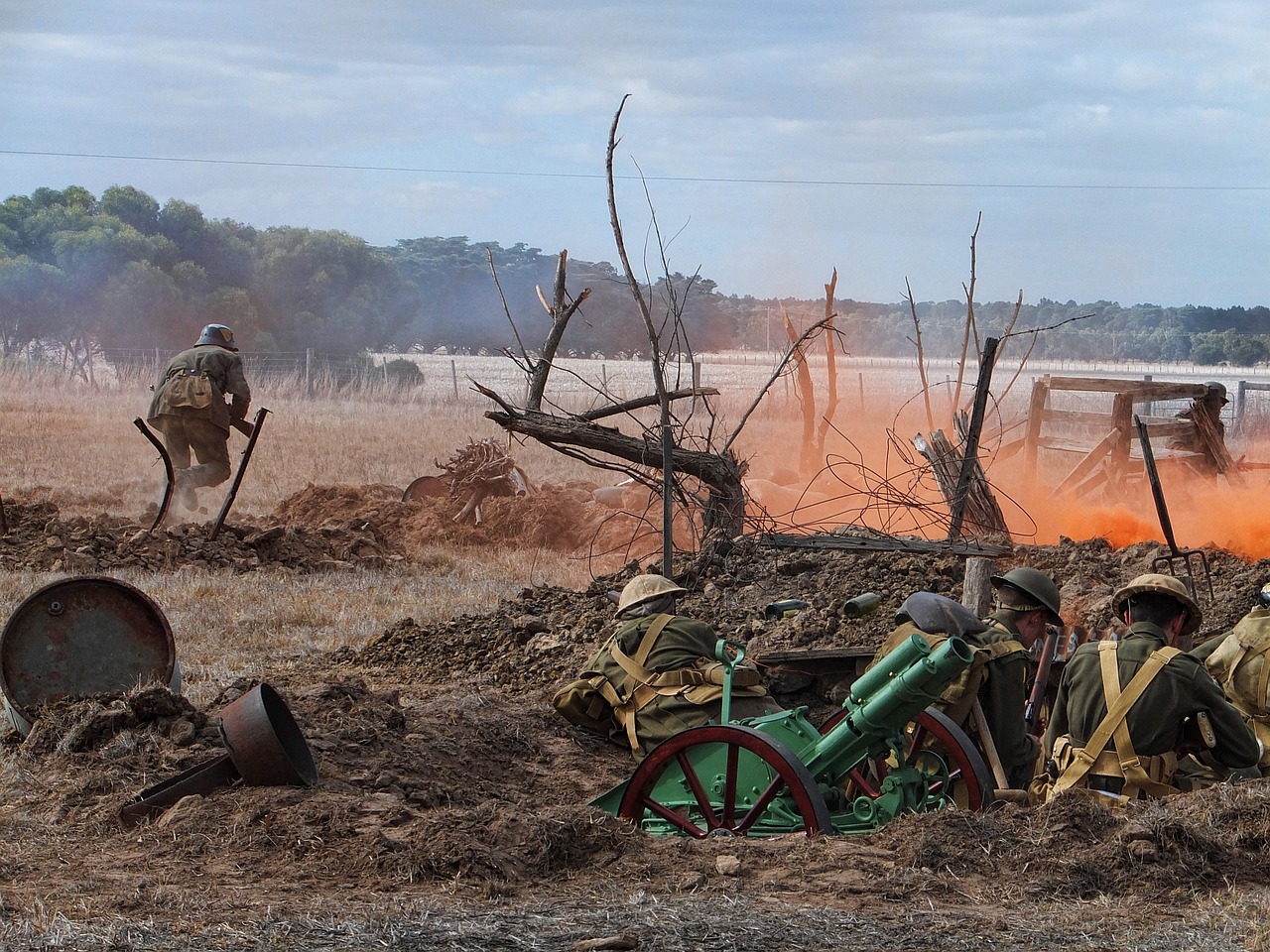
Alexander was a master at using the terrain to his advantage. He often chose battlegrounds that gave him a tactical edge, such as high ground or narrow passes that restricted the enemy’s movements, using natural obstacles like rivers and mountains to protect his flanks and channel the enemy into disadvantageous positions.
By leveraging geographical advantages and understanding the psychological aspects of warfare, Alexander often dictated the terms of engagement, highlighting his strategic foresight as not merely brute force but deft management of resources and troop morale. Alexander’s clever use of feints and diversionary tactics allowed him to cross the river under challenging conditions, dividing his forces to mislead King Porus and then concentrating his attack.
Combined Arms Integration
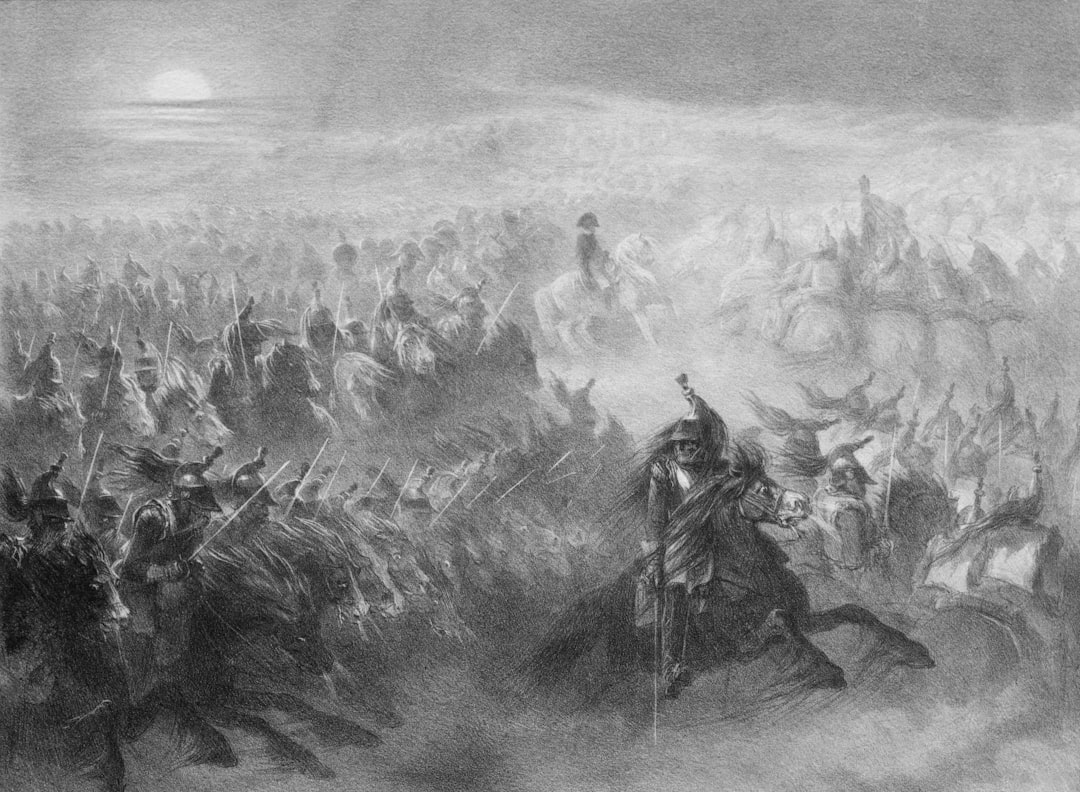
Alexander excelled in the combined use of different types of military units, including infantry, cavalry, archers, and siege engines, allowing him to adapt to various battlefield conditions and exploit enemy weaknesses effectively. Alexander masterfully integrated different military units—infantry, cavalry, archers, and siege weapons—into a cohesive fighting force, coordinating these elements to exploit enemy weaknesses and achieve battlefield superiority.
Alexander excelled in the combined use of different types of military units, including infantry, cavalry, archers, and siege engines, allowing him to adapt to various battlefield conditions and exploit enemy weaknesses effectively. The infantry was famous for its impenetrable phalanx formation, but it was the ingenious use of the cavalry that was the highlight of military education and training, with the Macedonians finding unprecedented success by combining the strength of the phalanx with the speed and agility of the cavalry, the latter being the elite backbone making the decisive moves in every battle.
Speed and Mobility Tactics
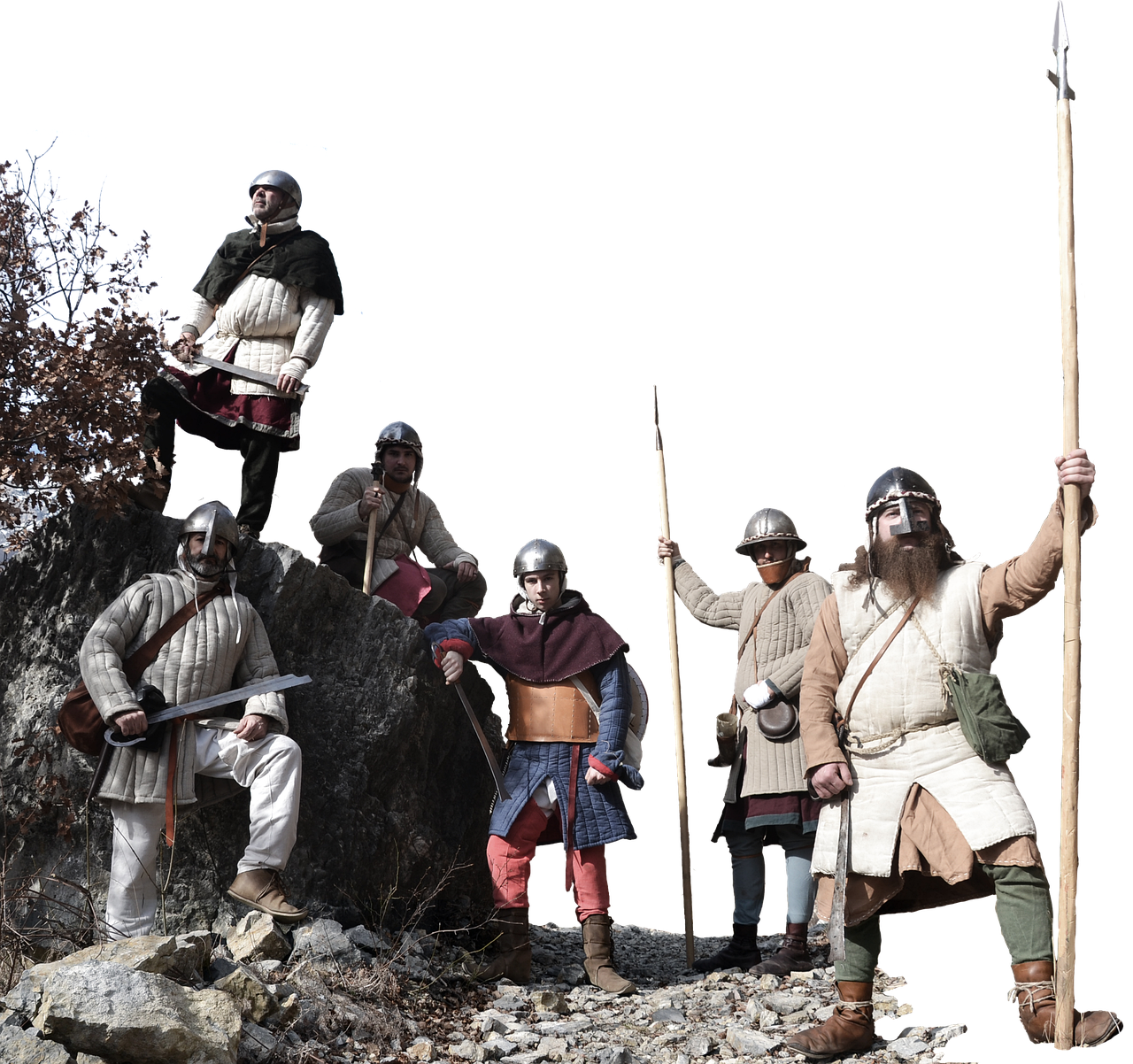
Alexander’s army was highly mobile, enabling him to move quickly and strike unexpectedly. His ability to conduct rapid marches and surprise attacks often caught his enemies off guard. Speed was a hallmark of Alexander’s campaigns, ensuring his army could travel great distances quickly by reducing reliance on supply lines and living off the land, allowing him to launch surprise attacks and strike before enemies could fully mobilize.
He maintained a well-organized supply chain, ensuring his army was well-provisioned even in hostile territories, with this logistical efficiency supporting his fast-paced campaigns. The importance of logistics and rapid movement across diverse terrains became a key element of Alexander’s tactics that resonated with later generals.
Adaptive Battlefield Intelligence
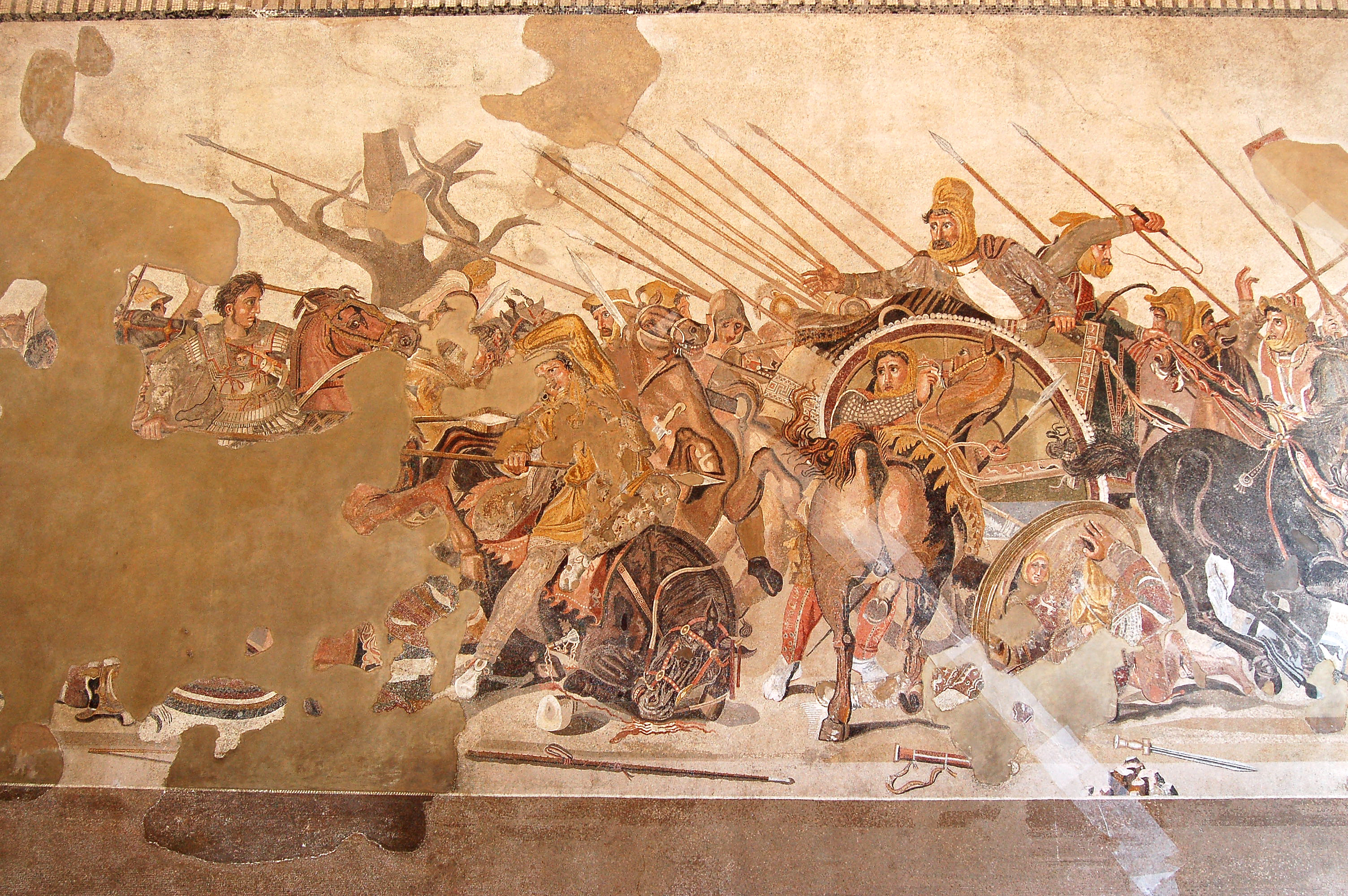
Alexander demonstrated exceptional flexibility in adapting his tactics to different enemies and battlefield conditions, whether facing the disciplined Persian Immortals, the fierce Indian war elephants, or the mobile Scythian horse archers, modifying his strategies accordingly. He was not afraid to innovate, as seen in his use of siege engines during the Siege of Tyre and his clever tactics at the Battle of Gaugamela.
Alexander’s strategic genius was marked by an exceptional ability to analyze battlefield dynamics and anticipate enemy movements, integrating innovative tactics that revolutionized Greek warfare, allowing his forces to outsmart and outmaneuver larger armies effectively. One of Alexander’s notable abilities was anticipating the tactics of his enemies, providing him with a strategic advantage, as seen in the Battle of Gaugamela, strategically avoiding close encounters with Darius and focusing on conquering enemies rather than personal confrontation.
Elite Unit Specialization
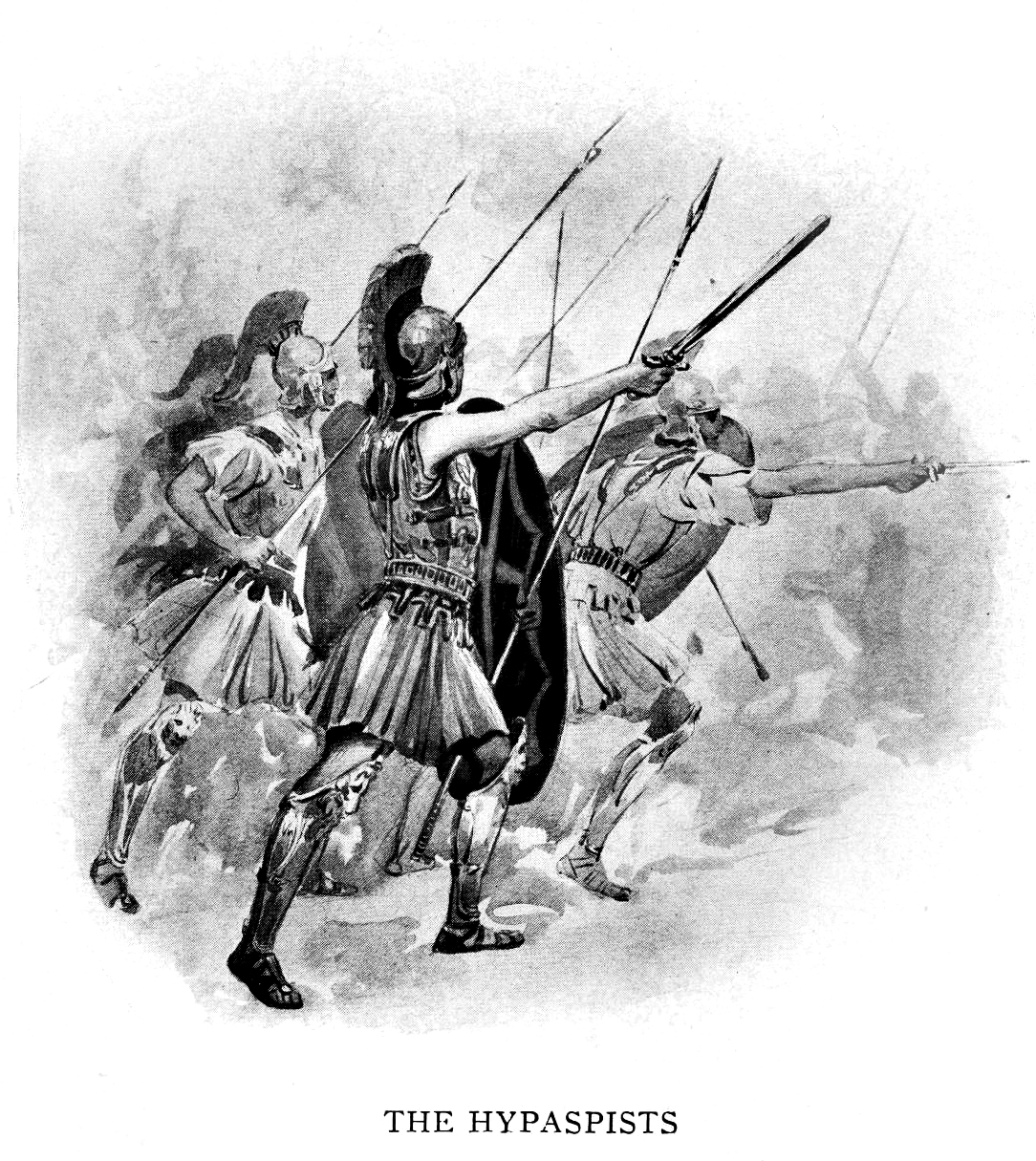
The hypaspists were elite infantry units who served as a bridge between the phalanx and the cavalry, armed with shorter spears and shields, more versatile than the phalanx and able to operate effectively in rough terrain or during sieges, often protecting the flanks of the phalanx and used in specialized roles requiring agility and speed. Alexander’s army included skirmishers, such as Thracians, Agrianians, and Cretan archers, light infantry units used to harass enemy formations, weaken their morale, and disrupt their movements before the main engagement.
The phalanx consisted of a line-up of several battalion blocks called syntagmata, each of its 16 files numbering 16 men, for a total of 256 in each unit, with each syntagma commanded by a syntagmatarch, and each file led by a dekadarch who were the most experienced Macedonian soldiers receiving about triple pay. It was not easy to become a soldier of the Macedonian army, with specialized officers responsible for selecting only the most well-suited men to join the army, depending on both physical and mental qualities.
The Professional Military Revolution
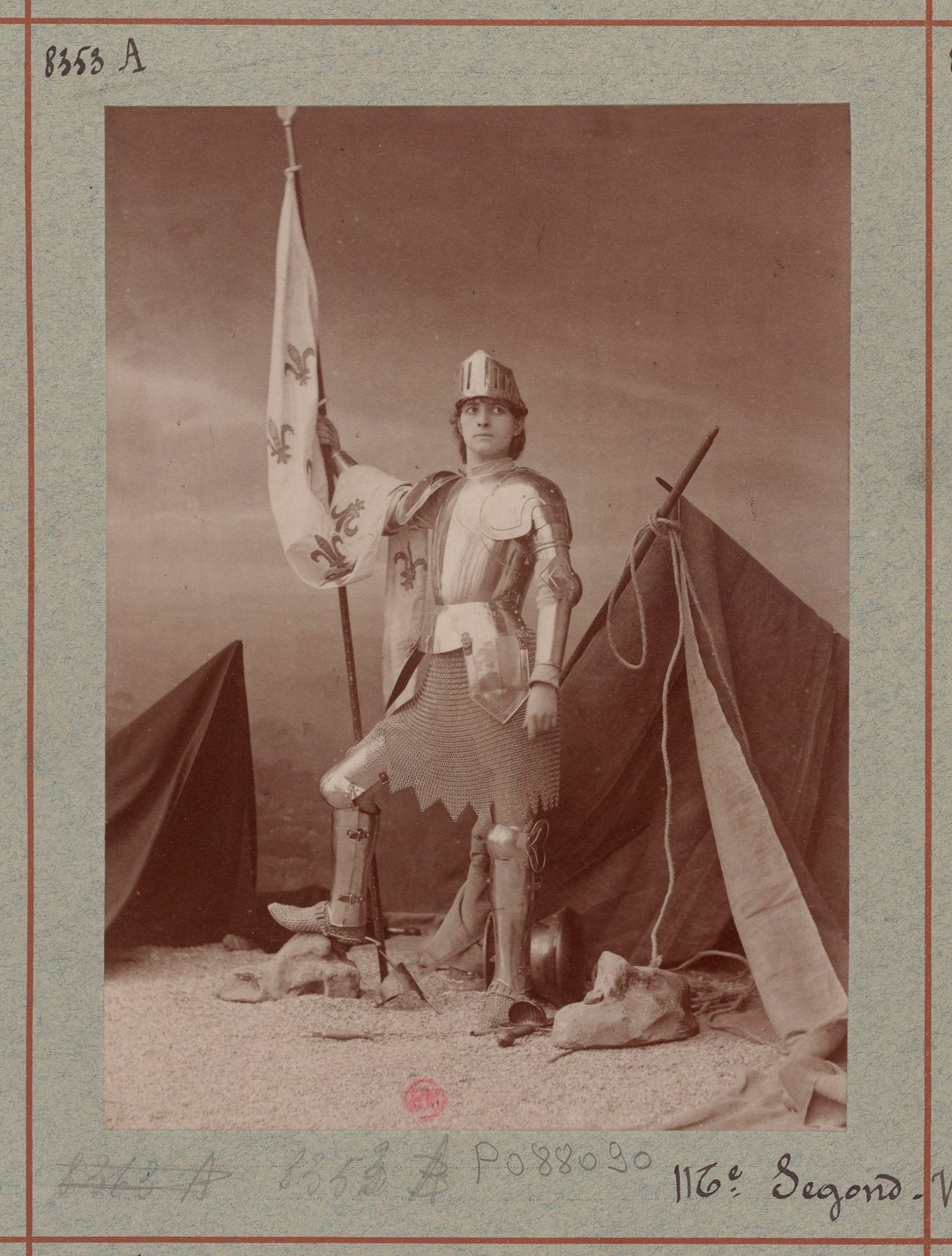
Philip II enhanced the phalanx formation by introducing the idea of the ‘professional soldier’ to Macedon, bringing back tactics from Thebes where he created the first professional fighting force in Greece outside of Sparta, arming his men with the longer sarissa spear (which had a length of 18 feet) and much smaller shields than previously used. Much like Alexander after him, Philip II required an oath of swearing allegiance to the king, with soldiers obligated to exercise in the gymnasiums, training with javelin, bows, slingshots, and even ancient artillery, also wrestling and running long distances to prepare for campaigns and battle.
The very nature of the phalanx required constant drilling and demanded strict obedience, with punishments meted out for those who disobeyed. A 2024 Joint Force Quarterly review examines the relevance of Alexander the Great’s military strategies for contemporary national security challenges, addressing issues such as military organization, battle strategy, and the human dimensions of warfare, illustrating how Alexander navigated political and military obstacles, emphasizing the importance of information in warfare.
Enduring Military Legacy

Alexander the Great’s military strategies revolutionized warfare, setting a precedent for future generals such as Julius Caesar and Napoleon Bonaparte. The military tactics of Alexander have significantly influenced future generals throughout history, with his innovative strategies becoming foundational principles in military theory and practice, directly affecting how leaders approached warfare in subsequent eras, with many renowned figures such as Julius Caesar and Hannibal drawing inspiration from Alexander’s use of mobile forces and combined arms.
Key elements of Alexander’s tactics that resonated with later generals include maintenance of troop morale through charismatic leadership, the critical role of surprise and deception during engagements, and the importance of logistics and rapid movement across diverse terrains. The man who conquered most of the known world before age 30 didn’t just win battles—he fundamentally changed how wars were fought, creating a template that military leaders still study today.
Alexander’s genius wasn’t just in one brilliant tactic, but in how he wove together multiple revolutionary approaches into an unstoppable war machine. His strategies turned warfare from crude clashes into sophisticated chess matches where every piece had a purpose. What made him truly great wasn’t just his victories, but the fact that his methods outlasted his empire by millennia. Who else can claim their work instructions are still being read 2,300 years later?

